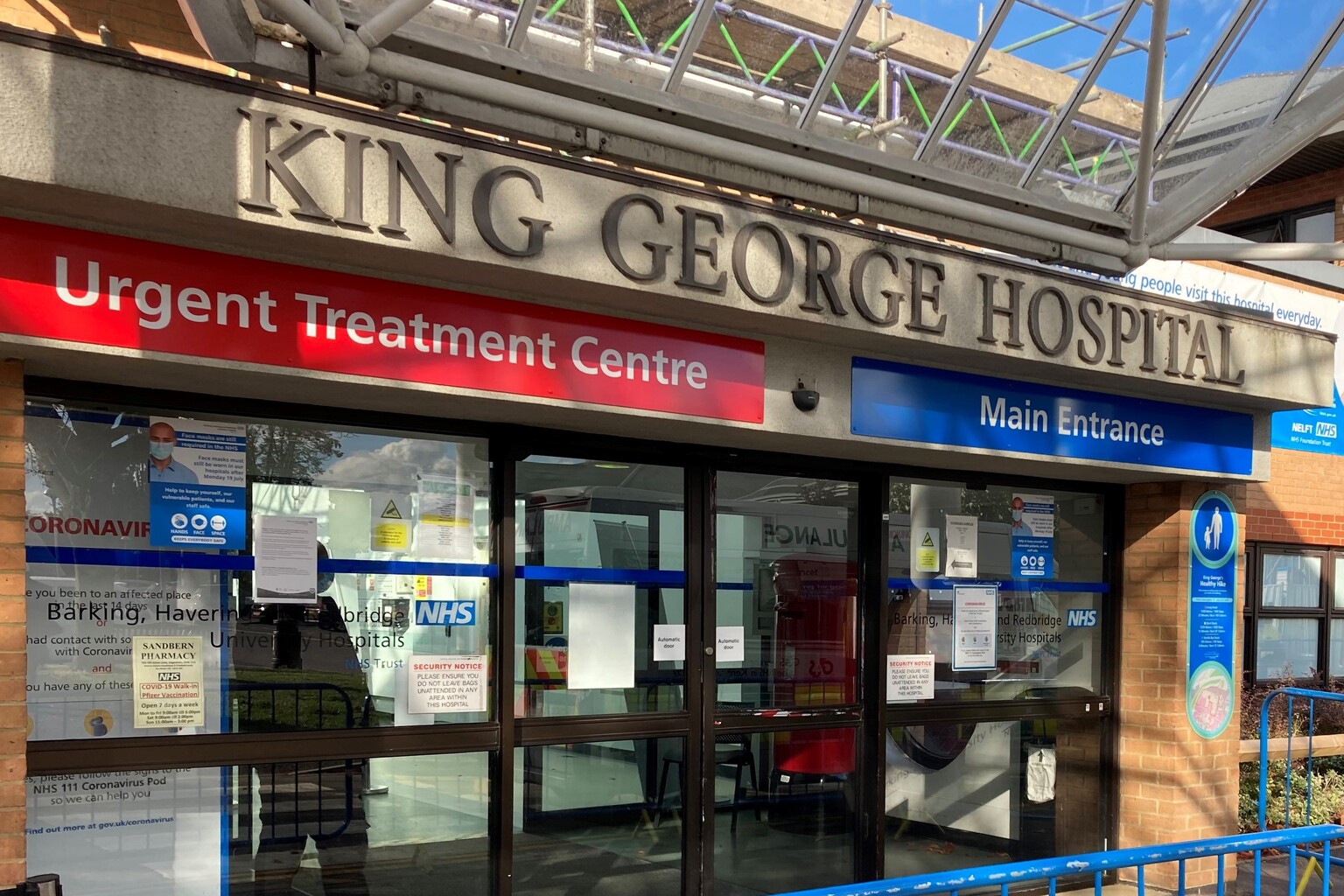Residency is a time of growth. Residents grow in regard to their clinical knowledge and acumen, their professional development and their ability to overcome challenges. Some believe that the intense nature of residency is what leads to strong clinicians.
But increased patient volume, documentation and medical complexity have further complicated residency and compromised resident wellness. Changes from the Accreditation Council for Graduate Medical Education, including duty hour restrictions, have in some ways protected resident physicians, but further institutional change is required for training environments to foster resident wellness. Some residency programs have made efforts to prioritize wellness through structural initiatives. However, such change takes time.
Here are some program-level wellness initiatives that have been put in place as well as individual coping strategies for burnout.
To learn more about addressing physician burnout, visit AudioDigest.
Structural initiatives for resident wellness
Dr. Prasanna Tadi, director of wellness for Creighton University CHI Health described to Neurology Today how he channeled his frustration with his experiences in residency and fellowship into his initiative CHEER. The program focuses on wellness strategies for residents.
CHEER stands for:
- Celebrate: Residents celebrate successes so they don’t focus on negative thoughts.
- Hear: Residents hear about other people’s experiences.
- Expertise: Residents meet with experts to discuss specific wellness topics.
- Engage: Residents are encouraged to present their own ideas for wellness.
- Recharge: Residents implement anti-burnout strategies in their lives.
The CHEER initiative involves a few other interventions, including:
- Patient rounds: Once a month, a hospital team has bedside rounds for 30 minutes in order to combat depersonalization, which has been attributed to physician burnout.
- Monthly meetings: These are built-in, mandatory half-day sessions where residents are introduced to burnout prevention strategies.
- Biweekly emails: These emails bring the resident community together by highlighting professional and personal accomplishments. The email serves as validation that hard work is seen and appreciated.
While this programming has been well-received, analysis from CHEER-related studies demonstrates that despite these initiatives, residents at Creighton may still experience burnout.
Individual measures to combat burnout
The persistence of burnout at Creighton despite the introduction of the CHEER program is not surprising. Structural initiatives for resident wellness are imperative, yet a one-size-fits-all approach doesn’t account for the various individual factors that can stand in the way of well-being.
My residency program has a support group that meets frequently. When I attended one of these support groups, I was overwhelmed by the negativity. In theory, the group should have served as a space to assure me that my feelings of inadequacy, fatigue, frustration and anxiety were normal, yet I found myself distressed by the anxiety of my peers. I found that a support group filled with residents only amplified our frustration. I left with more angst than when I entered.
My experience is my experience alone—some individuals likely left the support group feeling restored. I share this to demonstrate that not all structural initiatives for resident wellness will be universally effective. A half-day for required wellness activity may be beneficial for a select population of residents, whereas others may value that half-day more if they can engage in whatever activities are restorative for them. This variability among residents is why individual coping strategies are so necessary.
Here are a few ways to combat burnout on your own:
- Maximize your time outside of the hospital.
- Process your emotions with individuals with whom you feel safe and at a time when you have clarity.
- Find ways to remind yourself that you are a human first and a physician second.
- Normalize your experience.
- Remind yourself of the temporary nature of residency.
It is critical to prioritize your wellness. Some of the strategies listed above are prophylatic measures while others are reactive, yet all of them are important. We are navigating a time when many question whether the archaic structure of residency is still appropriate. Change is necessary. Structural initiatives at the residency program level are appreciated, but they only serve as a Band-Aid for a serious and ever-growing wound.
Until the change we deserve comes to be, show yourself some grace. Be well.



